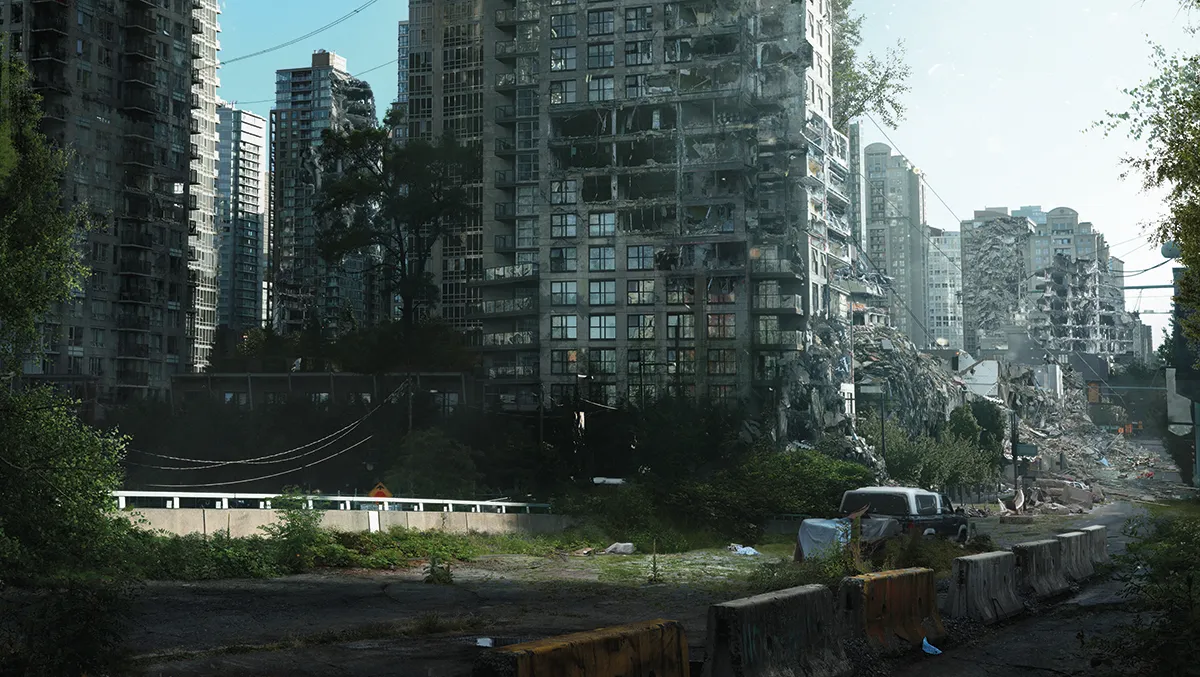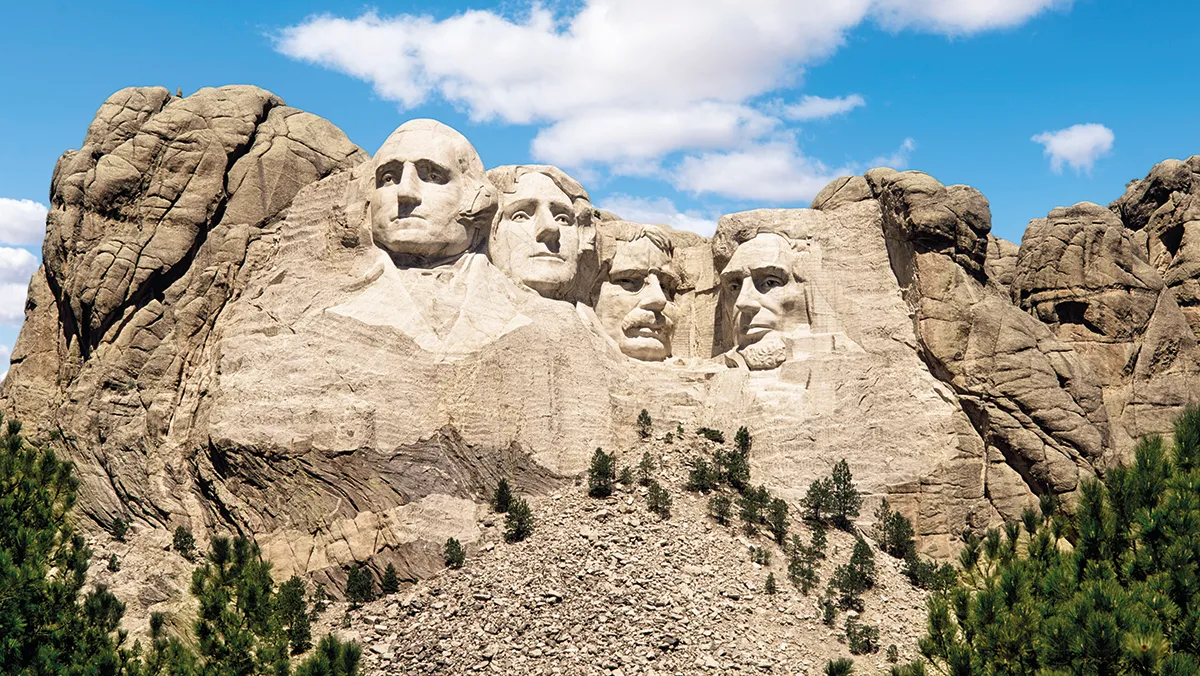After two days
Without active maintenance and pumping, New York City’s subways flood with water and become impassable.
Seven days in
Fuel runs out at the emergency generators that pump coolant into nuclear power plants. Approximately 450 reactors around the world begin to melt down.

Read more:
- Five ways humanity might become extinct
- How human extinction would change the Earth
- If the dinosaurs didn't go extinct, could they have developed a civilised society?
After one year
Human head and body lice go extinct, while cockroaches in cities at temperate latitudes freeze to death. Domestic and farm animals perish in enormous numbers.
Three years later
Pipes burst in colder regions, flooding cities with water. Buildings lose structural integrity as they expand and contract with temperature changes.

20 years post-human-extinction
The Panama Canal closes, rejoining North and South America. Many crops disappear, outcompeted by wild varieties.
300 years on
Most of the world’s bridges fall. Dams silt up and overflow, washing away entire cities. Suburbs become forests as endangered species rebound.

100,000 years
CO2 in the atmosphere returns to pre-industrial levels. Microbes evolve to biodegrade plastic.Plutonium bombs made during the age of humans become safe to handle.

10,000,000 years
Bronze sculptures are still recognisable, as are the faces on Mount Rushmore.
Life still thrives on Earth, but in new forms.


